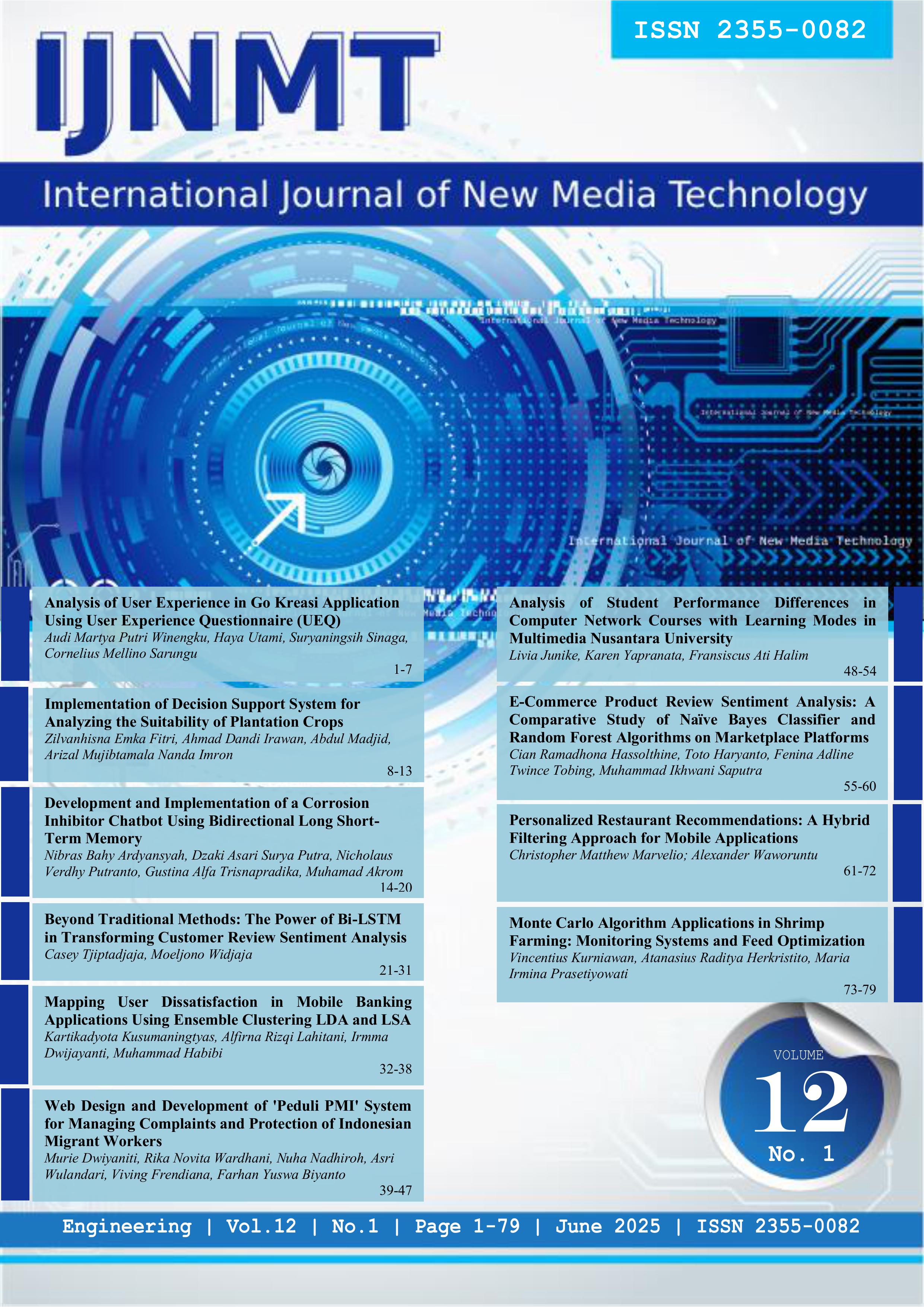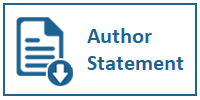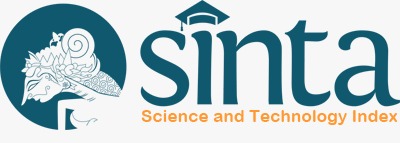Beyond Traditional Methods: The Power of Bi-LSTM in Transforming Customer Review Sentiment Analysis
DOI:
https://doi.org/10.31937/ijnmt.v12i1.3775Abstract
In the current generation, many large and small companies compete fiercely to create things better than those on the market, such as smartphones, TVs, and many other things. One way they can do this is by guaranteeing the quality of services or goods that are better than others. The provider must investigate the feedback of their users or customers to improve the quality of service of the goods or services offered. Most medium and small companies, such as Micro, Small, and Medium enterprises (MSMEs), online stores, and so on, conduct research on customer feedback manually by looking at one-by-one feedback from customers, which is very ineffective and inefficient if a lot of customer feedback is obtained. Therefore, this research is conducted with the intention and purpose of helping medium and small companies analyze their customer sentiment, as well as trends over a certain period. This research will apply the Bidirectional Long Short-Term Memory (Bi-LSTM) algorithm to perform sentiment analysis on customer feedback. This research also compares other deep learning methods with the proposed method, namely the Uni-LSTM, GRU, CNN, and Simple-RNN algorithms. After testing, the accuracy results of the Uni-LSTM, Bi-LSTM, GRU, CNN, and Simple-RNN algorithms are 52.2%, 92.4%, 52.2%,
Downloads
Downloads
Published
How to Cite
Issue
Section
License
Copyright (c) 2025 Casey Tjiptadjaja, Moeljono Widjaja

This work is licensed under a Creative Commons Attribution-ShareAlike 4.0 International License.
Authors retain copyright and grant the journal right of first publication with the work simultaneously licensed under a Creative Commons Attribution-ShareAlike International License (CC-BY-SA 4.0) that allows others to share the work with an acknowledgement of the work's authorship and initial publication in this journal.
Authors are able to enter into separate, additional contractual arrangements for the non-exclusive distribution of the journal's published version of the work (e.g., post it to an institutional repository or publish it in a book), with an acknowledgement of its initial publication in this journal.
Copyright without Restrictions
The journal allows the author(s) to hold the copyright without restrictions and will retain publishing rights without restrictions.
The submitted papers are assumed to contain no proprietary material unprotected by patent or patent application; responsibility for technical content and for protection of proprietary material rests solely with the author(s) and their organizations and is not the responsibility of the IJNMT or its Editorial Staff. The main (first/corresponding) author is responsible for ensuring that the article has been seen and approved by all the other authors. It is the responsibility of the author to obtain all necessary copyright release permissions for the use of any copyrighted materials in the manuscript prior to the submission.















